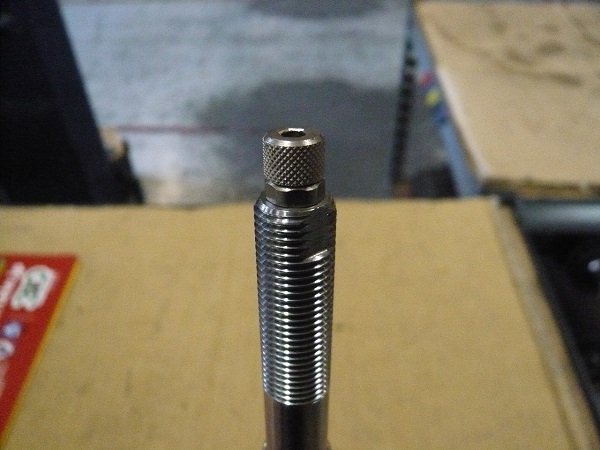
^ This here is the top of a TEIN damper bolt. You can see the top is machined flat which allows you to use the box end of a 10mm wrench to hold the bolt in place.
Here's the problem with this design: using the 10mm wrench causes the thread part to deform a little bit, even a little bit causes a BIG problem because the nut is supposed to spin FREELY. If the nut can't spin freely there is no way to hold the strut bolt in place to spin the nut. The nut absolutely has to clear this part. The whole point of this machined flat part is to hold the bolt in place while you spin the nut. IF the nut can't clear this part and spin freely up and down, there's nothing that can be done. The whole unit is worthless and un-installable.
So this particular design INITIALLY SEEMED like an improvement upon the more common design where a hex tool is inserted at the top, but I don't think so anymore.
Anyways, I'm thinking about using a file tool to just file away the entire threads on this portion. They don't serve a purpose anyway.
What do you think?
